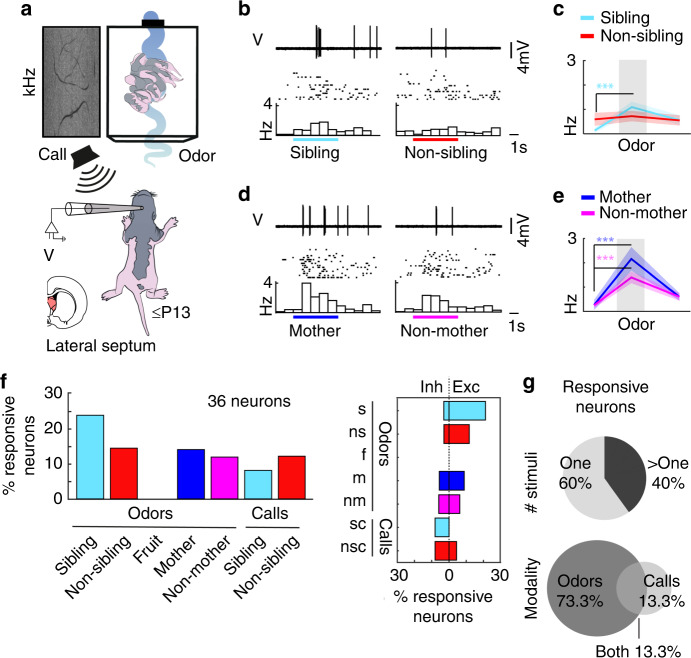Fig. 4. Responses of lateral septum neurons to kin stimuli in sibling-preferring young pups.
a Juxta-cellular recordings of anaesthetized ≤P13 pups with odor and vocalization stimuli. b Responses to sibling and non-sibling odor (top), raster (middle), and peristimulus time histogram (bottom). Colored lines: timing of odors. c Firing rates for baseline (left), odor (middle), and offset (right). Data represent the mean (thick line) ± s.e.m. (shaded area). Sibling odor (n = 15 trials; mean ± s.e.m.; baseline = 0.13 ± 0.10 Hz, odor = 1.09 ± 0.22 Hz, difference = 0.96 ± 0.21; p = 4.0e−4, paired t-test) and non-sibling odor (n = 16 trials; mean ± s.e.m.; baseline = 0.59 ± 0.27 Hz; odor = 0.73 ± 0.21 Hz; difference = 0.13 ± 0.34; p = 0.705, paired t-test). d Conventions as in b. e Conventions as in c. Mother odor (n = 15 trials; baseline median = 0.00 Hz; odor median = 2.00 Hz; p = 3.7e−4, Wilcoxon signed rank test) and non-mother odor (n = 16 trials; mean ± s.e.m.; baseline = 0.25 ± 0.11 Hz; odor = 1.40 ± 0.24 Hz; difference = 1.15 ± 0.19; p = 2.2e−5, paired t-test). f Percent responsive neurons for each stimulus. Responsive neuron: significant change in firing rate within stimulus relative to baseline. Significance analyzed when trials ≥ 3. Left: Percent neurons responsive for each stimulus (n = responsive/total; sibling odor: n = 8/34, non-sibling odor: n = 5/35, fruit odor: n = 0/9, mother odor: n = 5/36, non-mother odor: n = 4/34, sibling call: n = 2/25, non-sibling call: n = 3/25). Right: Percent neurons inhibited or excited (n = inh:exc; sibling odor (s): n = 1:7; non-sibling odor (ns): n = 1:4; fruit (f): n = 0:0; mother odor (m): n = 2:3; non-mother odor (nm): n = 2:2; sibling call (sc): n = 2:0; non-sibling call (nsc): n = 2:1). g Of responsive neurons: 60.0% (9 neurons) responded to one stimulus and 40.0% (6 neurons) responded to multiple stimuli (top). 73.33% (11 neurons) responded to odors only, 13.33% (2 neurons) responded to only calls, and 13.33% (2 neurons) responded to calls and odors (bottom). All tests are two-tailed. For detailed statistical information, see Supplementary Table 1. ***p < 0.001.

